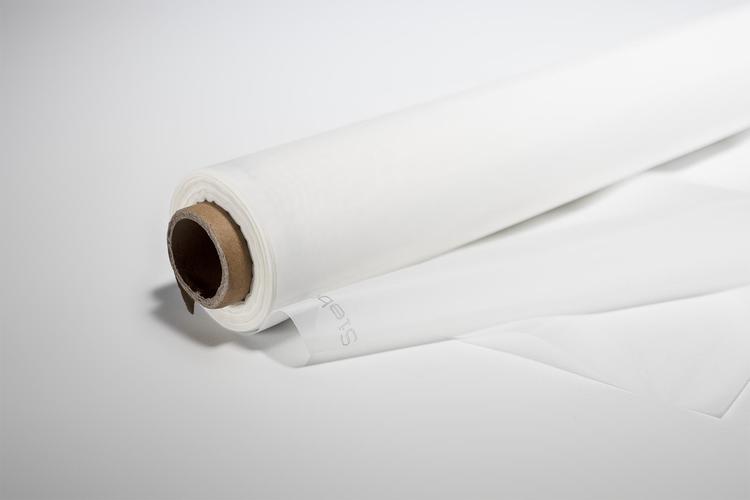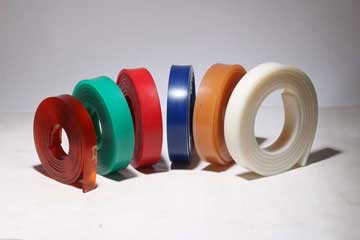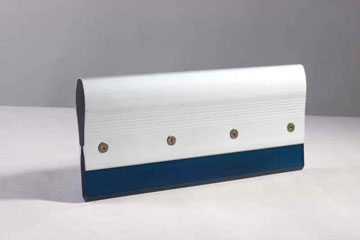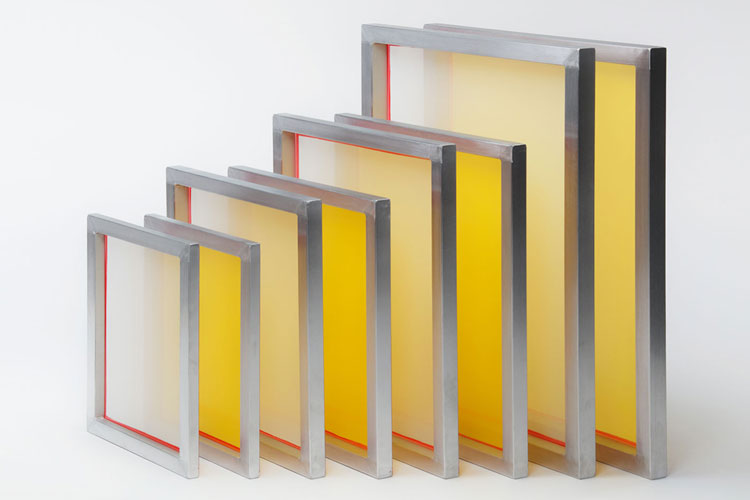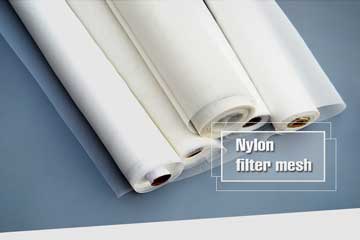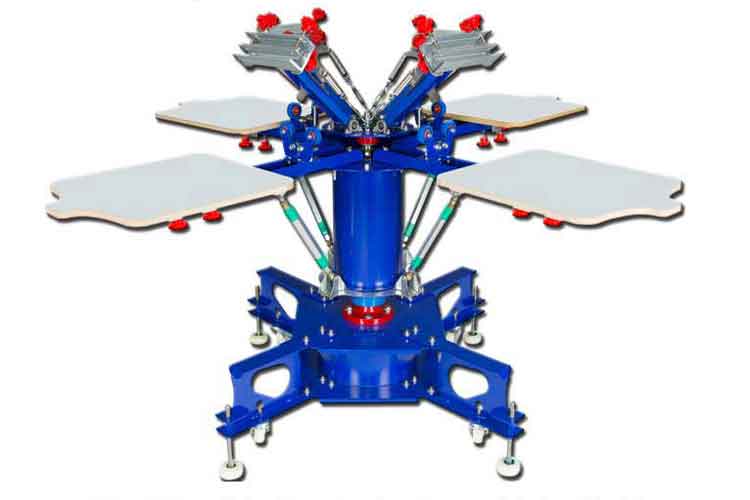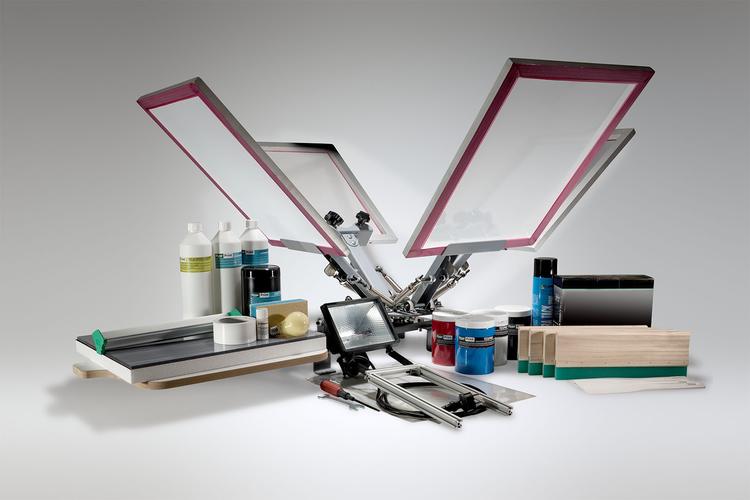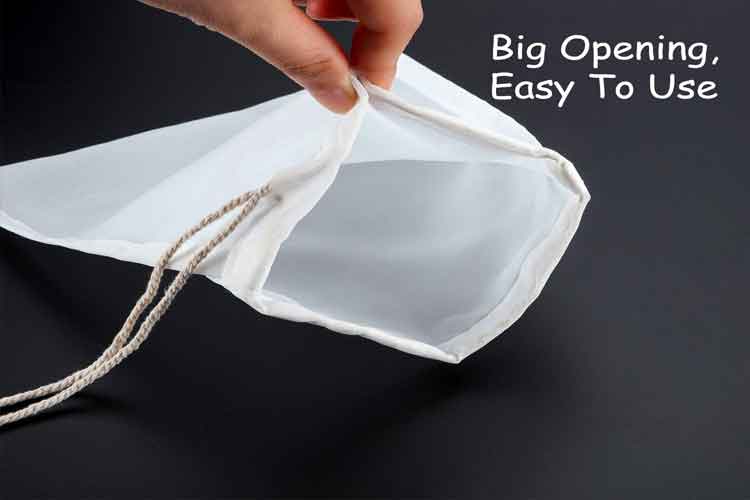110 Mesh Count Screen: The Perfect Choice for Precision Screen Printing
The 110 mesh count screen is an indispensable tool for achieving professional-grade screen printing results. Its versatility, ease of use, and cost-effectiveness make it a top choice for a wide range of applications.In the world of screen printing, selecting the right mesh count is a pivotal decision that can significantly influence the quality of your prints. Among the various options available, the 110 mesh count screen has become a popular choice for printers who prioritize versatility and precision. Whether you are a professional or a hobbyist, understanding the advantages of a 110 mesh count screen and how it can benefit your projects is essential.
This article explores the features, benefits, and applications of 110 mesh count screens, along with tips for optimal use and maintenance.
What is a 110 Mesh Count Screen?
The mesh count in screen printing refers to the number of threads per inch on the screen. A 110 mesh count screen means there are 110 threads per inch, striking a balance between allowing enough ink to pass through and maintaining the detail of the design.
This mesh count is ideal for printing bold designs, logos, and text while still accommodating some moderate detail. It is often used for printing on fabrics, posters, and other materials that require vibrant, solid prints.
Advantages of Using a 110 Mesh Count Screen
1. Versatility
The 110 mesh count screen is versatile, making it suitable for various projects and materials. Whether you're working with textiles, paper, or plastics, this mesh count performs consistently across substrates.
2. Ideal Ink Flow
With its moderate mesh count, the screen allows sufficient ink to pass through, creating vibrant and opaque prints. This makes it a top choice for printing on darker fabrics or surfaces where high ink coverage is essential.
3. Ease of Use
Compared to higher mesh counts, a 110 mesh count screen is easier to handle and less prone to clogging. This makes it a great option for beginners and professionals alike, reducing the learning curve while ensuring quality prints.
4. Cost-Effectiveness
A 110 mesh count screen is durable and long-lasting, making it a cost-effective investment for those who regularly engage in screen printing.
Applications of 110 Mesh Count Screens
1. Textile Printing
The 110 mesh count screen is widely used in textile printing for t-shirts, hoodies, and tote bags. Its ability to deposit a thick layer of ink ensures that designs are bold and vibrant.
2. Poster and Paper Printing
When printing posters or designs on paper, a 110 mesh count screen provides a good balance of ink coverage and detail, ensuring that the final output is crisp and eye-catching.
3. Glass and Ceramics
The screen is also effective for printing on non-porous surfaces like glass and ceramics, where thicker ink deposits are required.
4. Promotional Items
From mugs to mousepads, the 110 mesh count screen is often used for branding promotional products, ensuring durable and professional-looking designs.
How to Choose the Right Screen for Your Needs
When deciding if a 110 mesh count screen is right for your project, consider the following factors:
- Design Detail: For bold and less intricate designs, a 110 mesh count screen is ideal. If your design requires finer detail, consider higher mesh counts.
- Ink Type: The screen works well with thicker inks like plastisol, often used for textiles.
- Substrate: Ensure that the material you're printing on is compatible with the ink and the mesh count for optimal results.
Tips for Using a 110 Mesh Count Screen
-
Proper Tensioning
Ensure the screen is properly tensioned to avoid issues like smudging or uneven prints. Regularly check the tension before each use. -
Clean Thoroughly After Use
Clean your screen immediately after printing to prevent ink from drying and clogging the mesh. -
Use the Right Emulsion
Choose an emulsion designed for the 110 mesh count to ensure proper stencil adherence. -
Test Before Production
Run a test print to verify that the design and ink coverage meet your expectations before proceeding with the full batch.
Maintaining Your 110 Mesh Count Screen
Proper maintenance ensures the longevity and performance of your 110 mesh count screen. Follow these tips:
- Clean Regularly: Remove all ink and emulsion residue after each use.
- Inspect for Damage: Check for tears or stretched areas that may affect the quality of your prints.
- Store Properly: Keep screens in a clean, dry area away from direct sunlight to prevent warping.
Why Invest in a High-Quality 110 Mesh Count Screen?
High-quality screens deliver better tension, durability, and printing results. When you invest in a premium 110 mesh count screen, you can expect:
- Consistent Prints: Achieve uniform ink distribution and crisp designs.
- Reduced Downtime: Fewer issues with clogging or damage.
- Professional Results: Impress clients with high-quality, vibrant prints.
Partnering with Trusted Suppliers
When purchasing a 110 mesh count screen, it’s essential to work with reliable suppliers who can provide durable, high-quality products. Look for suppliers offering:
- A range of screen sizes and materials.
- Competitive pricing and bulk order options.
- Expert advice on screen printing equipment and supplies.
Conclusion: Unlock Your Printing Potential with a 110 Mesh Count Screen
The 110 mesh count screen is an indispensable tool for achieving professional-grade screen printing results. Its versatility, ease of use, and cost-effectiveness make it a top choice for a wide range of applications.
Whether you’re printing bold designs on textiles, crafting eye-catching posters, or branding promotional products, a 110 mesh count screen delivers the quality and consistency you need to stand out. Invest in high-quality screens and follow best practices to elevate your printing projects to new heights.
With the right tools and techniques, the possibilities of 110 mesh count screen printing are limitless. Start your journey today and experience the difference that precision and quality can make in your prints.
Pre:Mesh Silk Screen Printing: The Key to Precision and Quality in Your Printing Projects
Next:160 Mesh Silk Screen: A Comprehensive Guide for Sales and Applications
Tags:
